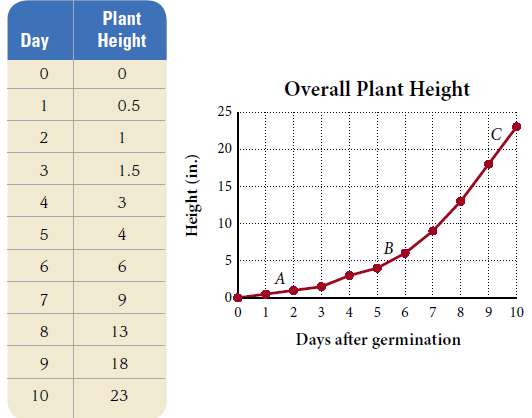This is a layer of gases that surrounds the earth, provides the earth with protection from the sun ultraviolet rays, and provides the planet with CO2 and O2.
The atmosphere
This is the smallest building block of all matter.
This form of energy is the only form of energy that we can see.
Light energy
This is the smallest building block of life.
Cells.
Research
This naturally occurring landform is caused by plate movements allowing melted rock to erupt from the gaps between them.
Volcanoes
This table is a collection of all the known elements that make up matter.
Periodic Table of Elements
Taking into account the formula for volume is Length multiplied by Width multiplied by Height, the volume of a cube with a 3 cm side is how many cubic centimeters (cm3)?
9 cm3
This organelle provides the energy for the cell
Mitochondria
This mathematical tool is commonly used to represent data from a table in a more linear fashion.

Line graph
4
In our everyday life, we observe matter in these 3 states/forms:
Solid, Liquid, and Gas
Where does this ball have the most potential energy?
A
This organ system of the human body is responsible for circulating blood throughout the body.
Circulatory or Cardiovascular System
This "educated guess" must be created before the experimental process begins.
Hypothesis
These two magnetic poles of earth are used to navigate our globe.
North and South Pole
If we can free this negatively charged particle from an atom and force it to move, we can create electricity.
An electron
This force is what pulls your body towards the center of the earth.
Gravity
This process performed by plants is responsible for using light energy to convert the gas CO2 and H20 into sugar which can be used by organisms for energy.
Photosynthesis
This "thing" in an experiment is the aspect that will be observed or measured in your experiment.
Dependent Variable
The most common gas found in Earth's atmosphere?
Nitrogen
Water, one of the most important natural resources we need to survive, is composed of these two elements.
Hydrogen and Oxygen
Finish this statement: The law of conservation of matter states that energy can not be created nor ...
"destroyed"
What is the common name for Deoxyribonucleic Acid found in cells that functions as the blueprint to creating life?
DNA
This "thing" in an experiment is the only aspect that is changed or is different between trials or participants.
Independent Variable